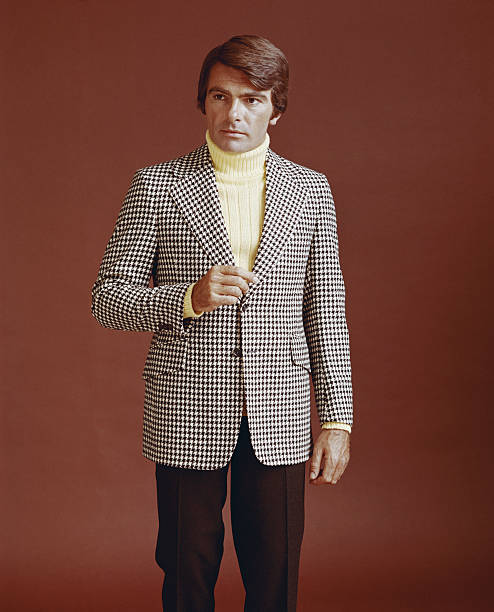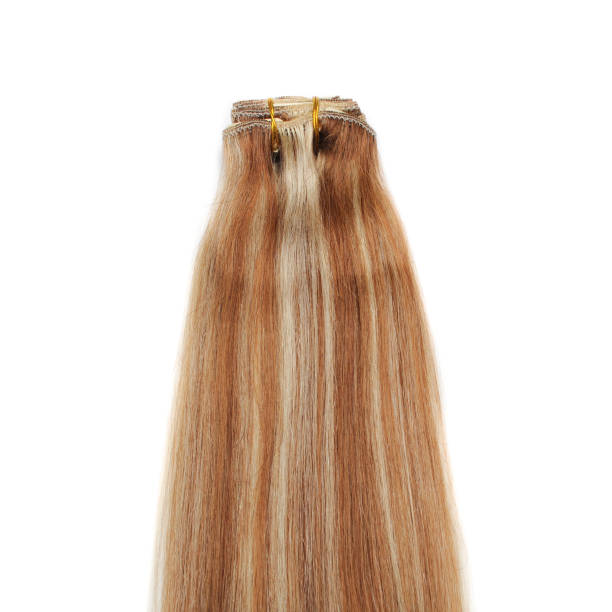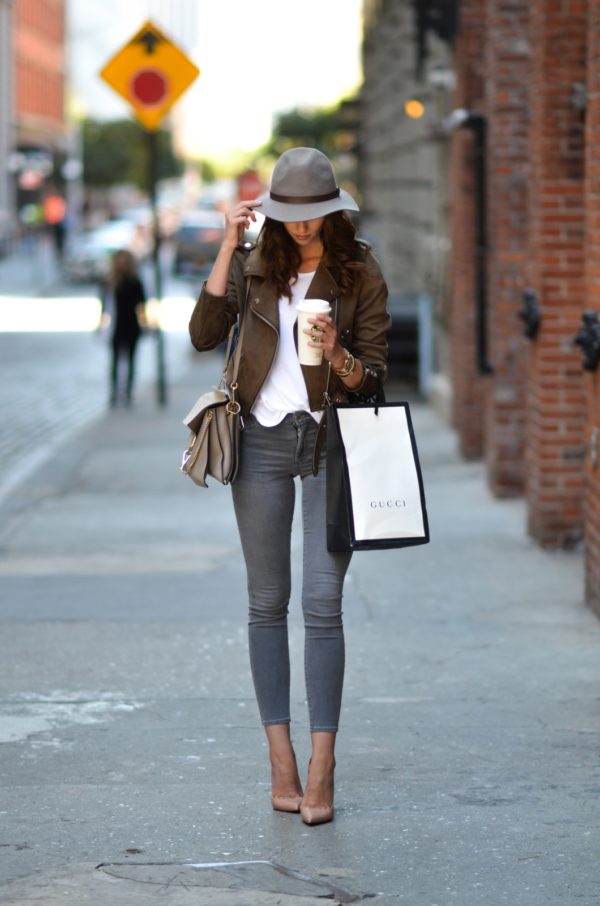The 1970s fashions were varied, reflecting the new interest in dressing as a form of self-expression. The 1970s were a mix of hippie bohemian, punk, retro and other styles. A long, lean silhouette with a lot of hair characterized the era. This look appealed to both genders and gave it an androgynous feel. It was a time of unisex hair salons. Both men and women wore platform shoes. Both sexes also wore high-waisted trousers and shag cuts.
Fashion in the early 1970s continued themes from the 1960s, such as Pop Art, Op Art, and psychedelia, with bold prints, bright colors, and geometric patterns. Hippies’ bohemian Style mixed Victorian colors with ethnic and fantastic elements. Art Nouveau gave a sinuous romance to the art with the flowing lines of Mucha posters. Then, Edwardian collars with ruffled bibs were added.
The Civil Rights Movement in the recent past inspired other groups to grab at their freedoms. Women’s Liberation loosens the structure of women’s clothing and uncomfortable undergarments. The Gay Liberation Movement influenced gender-bending fashions and an increased sense of self-determination. The people felt liberated from social dictates and were no longer controlled by elite fashion houses.
The oil crisis was the cause of the recession in the mid-1970s. The recession of the mid-1970s was a result of a poor economy and youth unemployment. A young educated person looked for clothing that reflected their individuality and unique garments purchased cheaply.
The 1970s introduced androgyny into fashion.
Both men and women wore similar styles in the 1970s. Both sexes wore high-rise pants with a waistline that extended above the natural waist. In the early 1970s, flared pants replaced bell bottoms with a less dramatic flare. By the end of that decade, straight-leg pants had taken their place. Button-down shirts and short- and long-sleeved t-shirts were worn tightly and tucked. With flowing hair, the look was essentially the same for both young men and women.
Women wear pants more than ever. Pantsuits were worn by women as business clothing. They were often paired with button-down shirts with large, pointed collars and masculine jackets. Women’s blouses, whether for business or dress, were given a feminine touch with Pussycat Bows.
Men began wearing bright colors, flowing scarves, and lipstick that were usually reserved for women.
Cross-dressing gained new popularity with the sexual awakening and Women’s Lib/Gay Lib movements. Tim Curry’s transvestite in Rocky Horror Picture Show introduced a unique androgynous look in 1975.
Hippies and Bohemians
Ten years after Rachel Carson’s Silent Spring, people began questioning the chemical and technological trappings that progress brought. Back to the Earth brought a renewed interest in rural life and handicrafts.
The idealists wore simple clothing based on European folk costumes, American pioneer clothes, and ethnic styles. Shirts, dresses, and other clothing were loose-fitting, easy to sew, and soft. The “granny dresses” were so popular and often seen at weddings. They could be worn with sandals, boots, clogs, or other styles loosely based on Victorian and Edwardian fashions. Prairie-style dresses were also known for their tiered skirts and ruffles. They had yoked tops.
Dashikis, Kaftans, and other comfortable but attractive clothing carried on the hippie Style. In the 1960s, Afro was a popular hairstyle with curly hair. Pre-Raphaelite curls are a popular style for both men and women.
Popular jewelry included bangles and beads layered together, as well as large rings—a natural look with de-emphasized makeup.
London’s Boutiques in the 70s Style
In the 1950s, independent designers opened their boutiques featuring unique styles to appeal to young people. In the 1960s, these designers made London a fashion center.
Biba opened its doors in the late 1950s after a successful run as a mail-order business. Barbara Hulanicki, overwhelmed by the interest of young women, offered them affordable clothing, jewelry, and home goods. In the early 1970s, Hulanicki, a trendsetter in the fashion industry, needed to expand. She opened a larger Biba store inside a building with Art Deco interiors. She introduced a new trend in Art Deco to appeal to her customers: girls with large heads and small body sizes.
John Bates was influenced by Pop Art and Op Art and created stretchy jersey garments in stripes and geometric shapes.
The Beatles, Mick Jagger, and Liza Minnelli have all worn Ossie’s designs on stage.
Bill Gibb introduced a romantic look based on historical looks, from medieval to Renaissance. He incorporated Eastern European folk costumes and hints from the Aesthetic Movement. He then mixed and layered plaids and flowers, creating a fun, eclectic look.
The poor economy weakened the British Boutique scene in the mid-1970s. Even independent designer clothing was no longer affordable to young people. London Boutique’s influence dwindled.
Laura Ashley, however, became a mainstream success and has remained so. Her cotton floral prints dresses with long sleeves and high necklines were reminiscent of Victorian and Edwardian British Country Dress.



